Hornbeam or blue-beech is a common tree in our forests, and it also appears in many parks and gardens.
Major hornbeam facts
Name – Carpinus
Family – Betulaceae
Type – tree
Height – 30 to 50 feet (10 to 15 meters)
Growth rate – 1 to 2 feet/year (30 to 60 m)
Exposure – full sun
Soil – ordinary
Foliage – deciduous
Flowering – spring
It is just as interesting as as a standalone as it is when part of a hedge or even to form tree tunnels.
Planting hornbeam
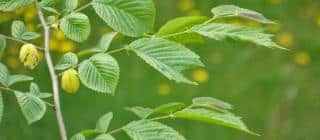
To make a hedge, space trunks apart by 3 feet (1 meter).
- Hornbeam will tolerate part sun perfectly.
- It prefers cool locations to warm ones, and doesn’t like places with a high exposure to sunlight.
- Soil quality isn’t really relevant, as long as it stays relatively cool.
- Whatever your situation, check our guidelines for planting.
If the climate in your area is very hot in summer (South, South-East or South-West), try growing European hop-hornbeam instead, which is a similar-looking and very beautiful ornamental tree better suited to that climate.
Pruning and caring for hornbeam

Hornbeam is one of the pioneer trees: they’re among the first to grow back when a forest is cleared, together with birch. It grows relatively fast, at about One foot a year (30 cm) during the first 5-8 years.
When part of a hedge, there is no restriction on how much you can prune.
Prune according to the shape you plan to give it and how much the tree has grown.- When the tree stand isolated as a standalone, it doesn’t need any pruning.
It’s natural bearing actually looks quite appealing when left to grow on its own.
If ever you have to prune your hornbeam tree, best do it in fall when the leaves have dried up, it is the best season for that.
As for diseases, hornbeam is very resistant and will not show any particular weakness.
Learn more about hornbeam
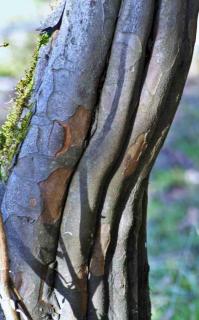
Often used in woodworking for its hard, white wood, it is also a very elegant tree bearing dense, green leaves as it grows in soft, soothing shapes. The trunk twists and bulges under the bark, like muscles under skin. If ever you purchase furniture made from hornbeam, you’re the proud owner of an item built from one of the hardest woods ever!
It is very easy to care for and won’t cause you any problems whatsoever. This makes it a very easy tree for any gardener to grow!
Note, lastly, that hornbeam produces excellent firewood fuel thanks to its elevated heat-producing properties.
Smart tip about hornbeam
Select young hornbeam specimens for your hedges or if you want a fast-growing tree!
Also check on the color the leaves take on, because some varieties grow green and others carry deep purple leaves. In both cases, they’re deciduous, and the dried-out leaves stay on the branch during winter and will fall out in spring under the gentle push of fresh spring sap.

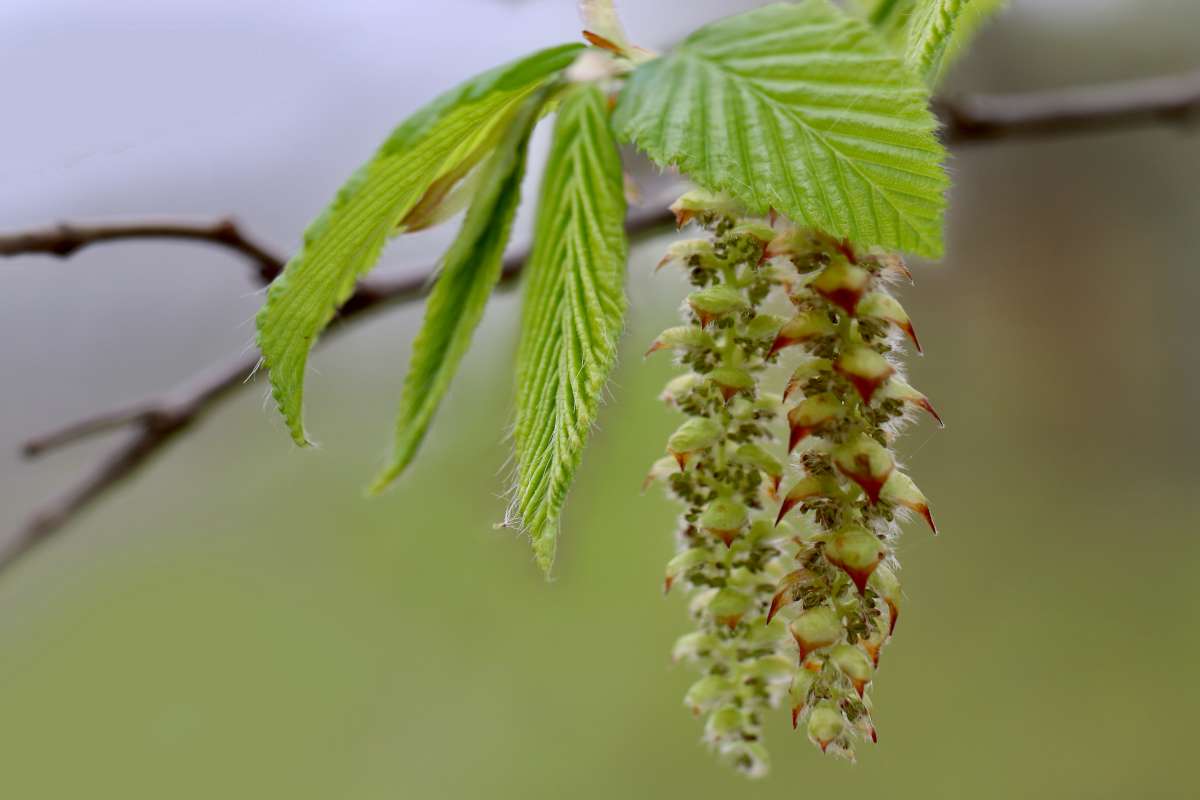
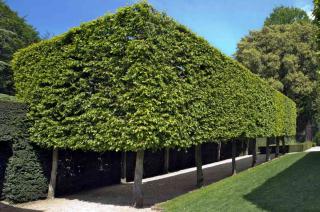
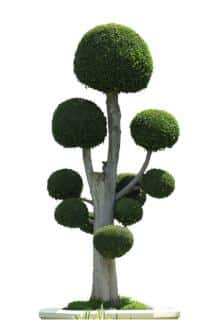
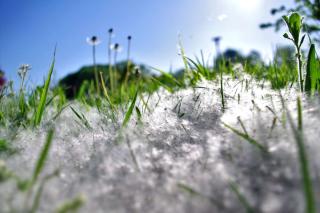
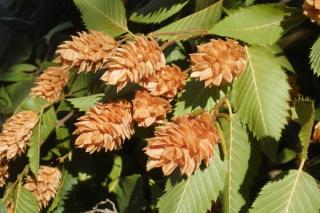
I have a question
Ask my questionI'd like to comment
Post a commentNo comments yet – be the first to share your thoughts!